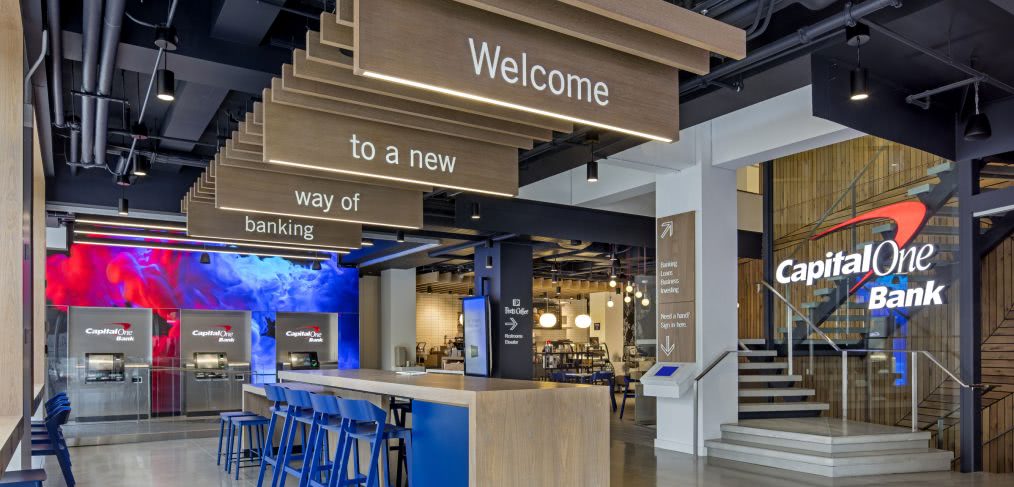
What Bankers Should Learn from the Telecommunications Industry
Quick! Think of three words to describe the typical bank branch.
If your list includes words like “old,” “tired,” or “lonely,” keep reading.
Now think of three words to describe your local mobile phone store.
If you came up with “energetic,” “youthful,” or “service-oriented,” definitely keep reading.
Not long ago, mobile phone stores were places to sign a 2-year contract for a piece of equipment possibly obsolete within 12 months.
Now that American shoppers increasingly purchase their phones online (if you can order a Tesla online why not an iPhone 7 Plus?), why are mobile phone stores still crowded while the lines at banks have dwindled from short to non-existent?
The difference is that the telecommunications industry does not need to “sell” phones. The smarter companies instead advocate a lifestyle improved through mobility. Now we go to the store to sign up for Rhapsody (music on-the-go), try on the Fitbit Flex (fitness on-the-go) or get a flexible keyboard for our tablet (work on-the-go). The paradigm has evolved, and consumers love it.
Banks don’t need to “sell” money any more than telecoms needs to “sell” phones, yet the industry has not been nearly as quick to transition to this service-oriented strategy. That’s where bankers could really take a page out the telecom book.
Not content to wait for the next customer to walk in the door and comparison-shop mobile devices, many telecom retailers instead offer meaningful, differentiated services that build loyalty. One unique aspect of the mobile phone business is that the product itself may be linked directly to the retailer.
AT&T, for example, promotes the Internet of Things (IoT), connecting everyday household devices to the Internet in order to turn things on, re-order replenishables, etc. They forecast that it will eventually bring about interconnected homes, cars and personal healthcare. Similarly, Sprint has amassed more than 1 million members of Community, their consumer-based idea sharing forum where like-minded folks rave, grouse and collectively trouble-shoot their electronics. By tapping the consumer zeitgeist with these services Sprint and AT&T build loyalty by proffering information even when there is no obvious corporate benefit.
In Latin America, mobile phone company Tigo offers their customers mobile banking – including wire transfer and bill-pay – through a proprietary financial service called Tigo Money. Vodaphone launched an ‘ambulance taxi’ in Tanzania where expectant mothers use a hotline to reach a community taxi service to get to the hospital without fuss – or fee. The services presented by telecom companies are moving far beyond the classic sale of simple technology, and this sort of mixed-use organization acts as a way to keep an industry that was once faltering, alive and well.
Banks can do this, too. It’s tough to compete on interest rates, and there are only so many “open a new account and win a ____” deals to be had.
But what if financial institutions advocated a life well-funded (or well-financed) instead? Rather than simply providing an app for online banking and mortgage calculators, let’s change the conversation to lifestyle, health and family. We have argued that our bankers need to look like someone’s dad to be credible and trustworthy for so long (“Who’s going to take financial advice from a 25-year-old?”), that we risk missing the point.
Traditional bank branches are less and less relevant.
Despite repeated attempts to reinvent, it’s too easy for bankers to slip into their old ways, building their branches in 2016 much the way they did in 1976— albeit with less orange carpet. Sadly, many so-called Universal Bankers are tellers in disguise, still lining up like revolutionary soldiers behind the battlements of a teller line.
It’s time to deconstruct the retail banking model. If the likes of AT&T and Tigo can pivot towards mobile living, I’m certain we can figure out what financial health means to the American consumer.
